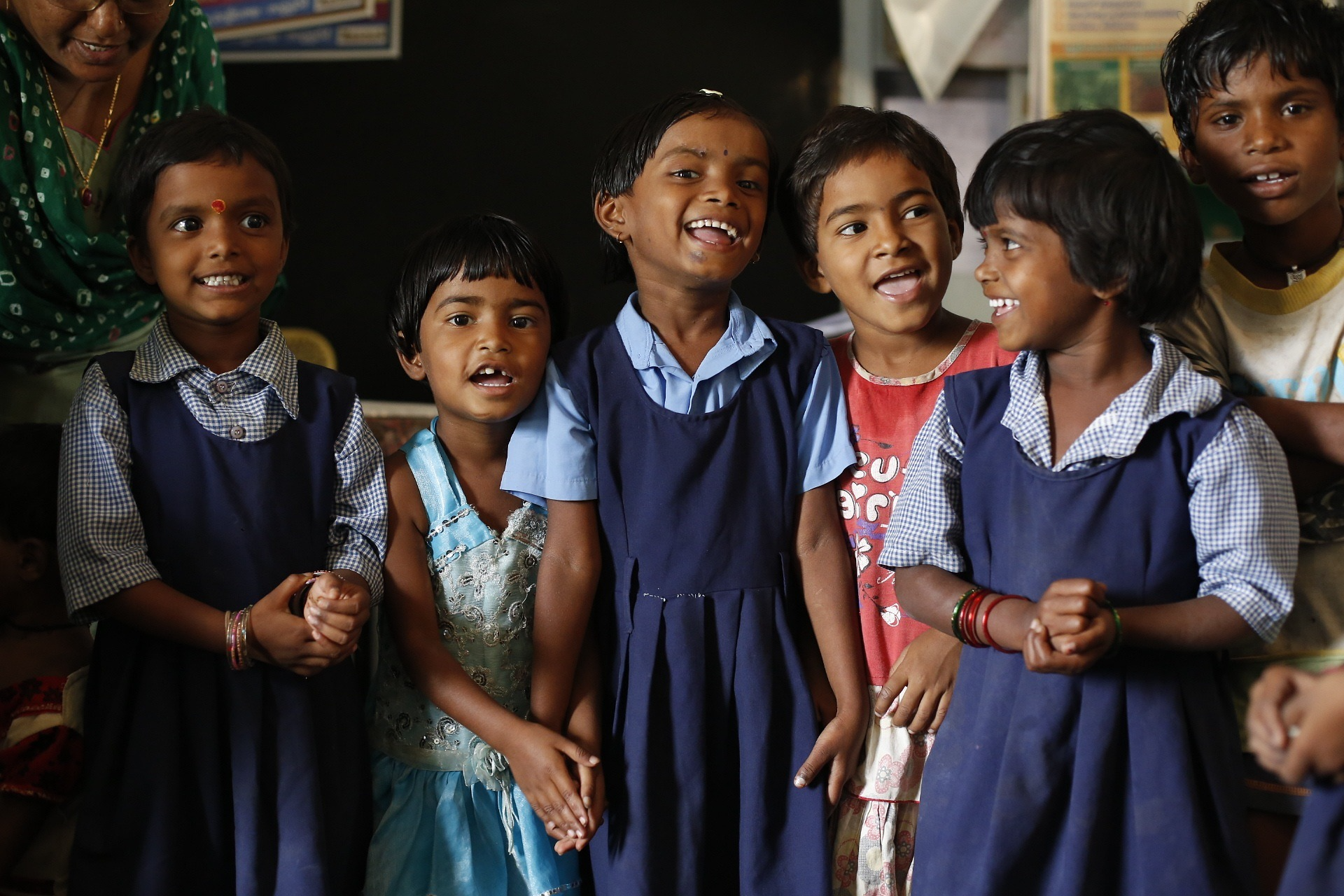
UNESCO Warns of Dramatic Global Decline in School Attendance A Wake Up Call for Education Systems Worldwide
In a significant development that underscores the fragility of global education systems, UNESCO has sounded the alarm over a dramatic and concerning drop in school attendance across the world. This warning comes at a time when the global community is still recovering from the long term impacts of the COVID 19 pandemic and striving to meet Sustainable Development Goal 4 (SDG 4), which promises inclusive and equitable quality education for all. The UNESCO report highlights that not only are millions of children and youth out of school, but many who are enrolled are receiving substandard education, deepening existing inequalities. The findings suggest a pivotal moment in the global education landscape, calling for urgent reforms, renewed financial commitments, and data driven interventions.
The drop in attendance is especially stark in low income and conflict affected regions, where infrastructural limitations, socio economic instability, and political unrest have combined to push education to the brink. From rural Sub Saharan Africa to war torn areas of the Middle East and parts of South Asia, millions of school aged children have been cut off from classrooms. In regions like Afghanistan, recent socio political developments have caused a systemic exclusion of girls from secondary education. In many developing countries, children have been forced into early labor or marriage, a result of deepening poverty exacerbated by inflation, food insecurity, and inadequate social protection. Even in countries with previously stable education systems, teacher shortages and underfunding have led to rising absenteeism and increased dropout rates.
A major contributor to this alarming trend is the aftershock of the COVID 19 pandemic, which disrupted in person learning for over 1.6 billion students globally at its peak. Although many schools have reopened, the residual effects such as learning loss, disengagement, and increased household responsibilities continue to prevent students from returning to classrooms. Particularly in marginalized communities, the shift to online learning during lockdowns created a digital divide, excluding millions without access to internet or digital devices. In many cases, students who fell behind during these closures have never returned, forming a new wave of dropouts. Moreover, the psychological impact of the pandemic, including anxiety and depression among students, is often overlooked yet crucial in understanding persistent non attendance.
UNESCO's report reveals that global out of school numbers have not only stagnated but begun to climb, with early estimates indicating over 270 million children and adolescents not attending school in 2025 an increase of several million from previous years. This trend points to systemic flaws in how educational progress is measured and addressed. While governments may report improvements based on enrollment data, attendance and participation often tell a very different story. For example, millions of students are nominally enrolled but attend irregularly or not at all, either due to familial responsibilities, poor health, or lack of motivation. The report emphasizes that a reevaluation of global education strategies is necessary one that goes beyond access and focuses on consistent, quality engagement.
The UNESCO findings also underscore the disproportionate impact on girls, children with disabilities, and those in rural or indigenous communities. Gender disparities are widening again, particularly in regions where cultural norms or laws restrict female education. Girls are more likely to be kept home for domestic chores or married off at an early age. For children with disabilities, the lack of inclusive infrastructure and trained educators has led to even higher exclusion rates. The situation is made worse by poor data collection, making it difficult for policymakers to create effective, targeted interventions. In essence, the drop in school attendance is not just a statistic it reflects a failure to uphold basic human rights and protect vulnerable populations.
One of the most worrying trends outlined in the report is the collapse of secondary education access. While many nations have made strides in improving primary school attendance, the transition to secondary education remains a major bottleneck. In many developing nations, only a small percentage of students make it beyond grade six. Economic factors play a key role the cost of transportation, uniforms, books, and school fees often proves too high for low income families. Additionally, poor job prospects for graduates in some countries diminish the perceived value of continued education, causing families to prioritize short term labor income over long term academic gains. These barriers are cyclical, leading to generational poverty and deepening social divides.
To address this crisis, UNESCO recommends a multi pronged strategy that involves both short term recovery efforts and long term structural reforms. Governments must prioritize education in national budgets, especially in post pandemic recovery plans. Increased funding must be allocated toward teacher training, school infrastructure, transportation, and nutritional programs that support low income students. Equally important is the integration of flexible learning pathways, such as community based education, distance learning for remote areas, and evening classes for working youth. Technology can be a game changer if deployed equitably, providing access to quality content and personalized instruction. However, this must be paired with infrastructure support to ensure that digital tools reach the most underserved populations.
Global cooperation is also essential. Developed countries and international organizations must step up their support for education in low income regions. This includes debt relief for countries investing heavily in education, knowledge sharing for best practices, and stronger monitoring systems to ensure accountability. UNESCO emphasizes that without global solidarity, education gaps will continue to widen, ultimately affecting global stability, health, and economic growth. Education is a powerful equalizer it promotes social mobility, reduces poverty, and fosters democratic values. But if millions are left behind, the global community risks undermining decades of progress toward peace and prosperity.
In conclusion, UNESCO's latest report is more than a warning it is a call to action. The decline in global school attendance is a crisis that touches every aspect of society, from health and gender equality to economic development and civil rights. Reversing this trend will require bold leadership, innovative solutions, and unwavering commitment from all stakeholders governments, educators, communities, and international partners. The children of today will shape the world of tomorrow, and if we fail to ensure their right to education now, the consequences will be both immediate and long lasting. UNESCO’s message is clear education must not be allowed to become a casualty of global inaction.
Related Post
Popular News
Subscribe To Our Newsletter
No spam, notifications only about new products, updates.
















